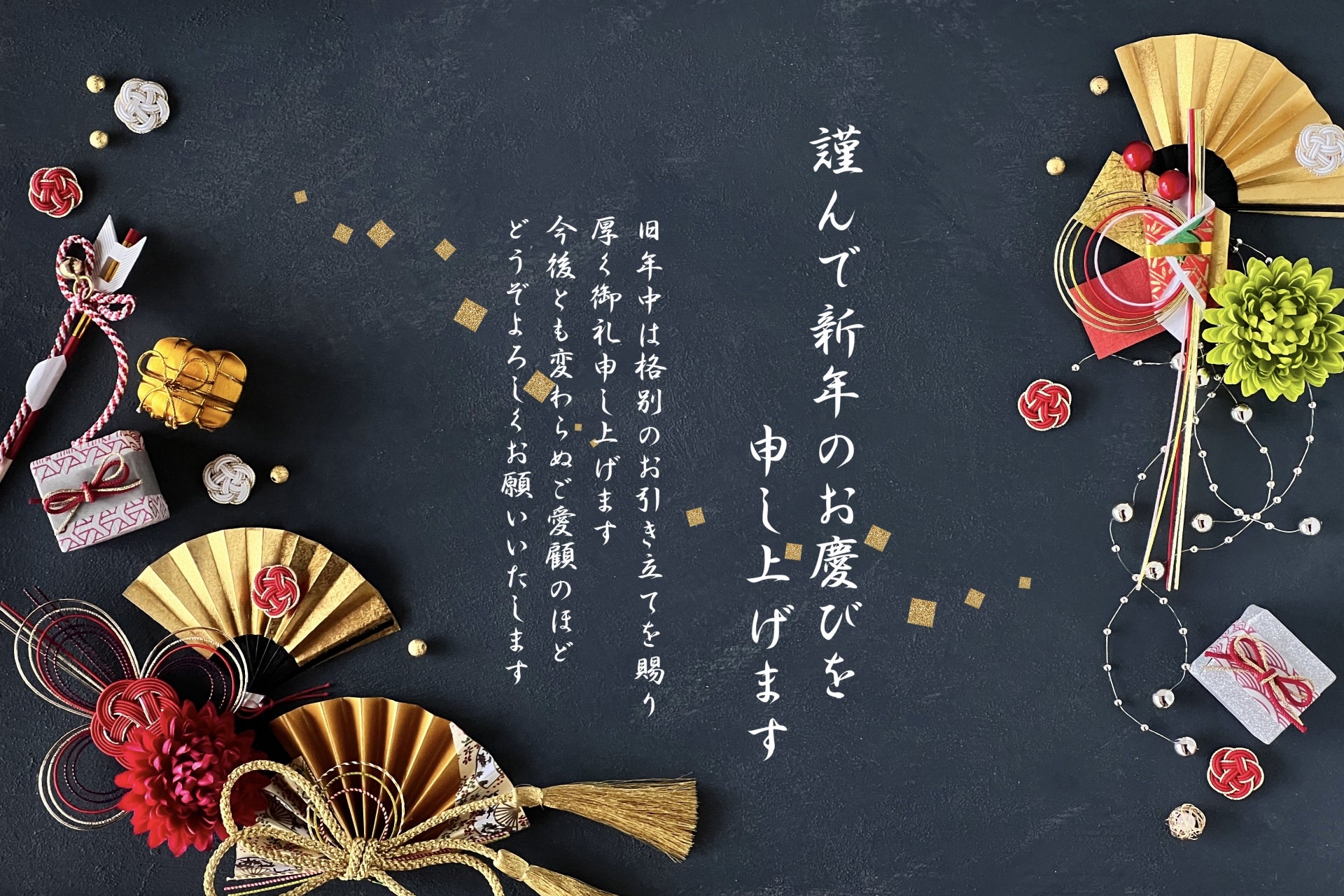We wish you had wonderful happy holiday season. Our subscribers who enjoy our blog may already know that our culture is very diverse and rich in so many ways. I was born in the very countryside, and my grandmother somehow had her fantasy of having Kentucky Fried Chicken for a New Year celebration dinner instead of Christmas with a traditional meal. I believed a person who is the age of my grandmother had some kind of aspirations or ambitions for experiencing foreign cultures and it is a special occasion for her. So I did the research for our New Year celebration and would like to share some of the authentic ones with you.

Hatsuhinode comes from a Shinto tradition that says that Toshigami, the God of the New Year, must be greeted at the first sunrise, and they will bring good luck, well-being, and health. There are many places in Japan where you can admire a special sunrise, and the most desired is the sunrise seen from the top of Mount Fuji, but beautiful sunrises can be also enjoyed from the many skyscrapers in the large cities. It is just important to stop, empty your mind and appreciate the moment!!

In Japan, as soon as Christmas Day is over, Christmas trees are quickly replaced with kadomatsu (.門松)Kadomatsu is a seasonal ornament to welcome gods to our homes and businesses and can be seen only around this season of the year. Usually, a set of kadomatsu is placed outside on both sides of the entrance gate so that the gods can find our places.
kadomatsu is a decoration with three cut pieces of pine, bamboo, and plum for the Japanese New Year’s holiday. Pine, bamboo, and plum trees are the most auspicious flowers and trees. Their leaves do not wither even in the coldest winter, they have been respected as "lucky charms" for New Year's because of their strength that does not wither.
Pine Tree
Pine trees symbolize "eternal life" because they are evergreen all year round. Some pine trees are thousands of years old and are associated with longevity, which is considered good luck.
Bamboo
Bamboo stays green in cold winters without losing its leaves. Moreover,
its unbreakable stance in strong winds and storms, and the way it grows straight without bending, make it a symbol of the sincerity of the heart
and strong aspirations.
Plum
Plum blossoms bloom earlier than other flowers in early spring, symbolizing success in life and good fortune. It is also considered auspicious because of its purity and fragrance, even in severely cold weather.
Osechi Ryori
Osechi Ryori is the traditional food enjoyed on New Year’s day in Japan.
They come in an assortment of colorful dishes packed together in special boxes called Jubako, which resemble bento boxes. Every dish of these traditional foods has a special meaning in welcoming the New Year.
Beans(黒豆)
It is meant to ward off evil spirits and to wish that people will work diligently. It is said that farmers get tanned with hard-working in the summertime. It is also symbolized by diligence and exchanges with hard work and cultivating vegetables.
Shrimp(車海老艶煮)
When you boil shrimp, it looks like its waist bends like an old man's, which translates to a wish for longevity.
Simmered chicken and root vegetables (筑前煮)
Lotus root, which is associated with a hole and is said to bring good prospects for the future, and Taro, a kind of potato which is considered a lucky charm for the prosperity of offspring because it produces many small potatoes
Root vegetables that grow roots in the soil are used to pray for long-lasting happiness.
Mochitsuki 
During the New Year's holiday, there is always rice cake-pounding events called Mochitsuki, in various places. It is said that this event is to wish for the "prosperity o descendants" and "prosperity of the family. Mortars and pestles are indispensable for pounding rice cakes, and the origin of the name "Mochitsuki" in Japanese comes from the fact that they signify a woman and a man, respectively. Mochitsuki used to be held not only at New Year's but also at weddings and housewarming celebrations. Since all of these events are related to the family, it is clear that the wish for "prosperity of descendants" was included.

